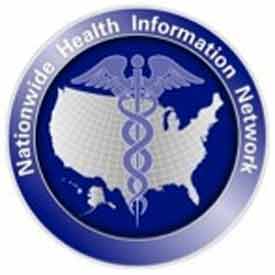NHIN Direct pilots approach


It was great. He had Electronic Medical Record (EMR) software in his office. So does my regular doctor.
It was rotten. I still had to fill out my own medical history. I got to spend the first half of my visit on a terminal in the new doc's exam room, answering again all those annoying questions about what my dad died from and what meds I take.
You see, just because my doc has an EMR and the new doc has an EMR doesn't mean there's a way to connect the two.
The way to do that is with NHIN Direct.
Some groups, like Indiana's Regenstrieff Institute, are already putting out press releases about using the NHIN to move data to state and local authorities.
What they're using is NHIN Connect, a government-run project designed to collect statistics and let agencies like the VA exchange records with the military.
While most headlines today are still about NHIN Connect, the private sector is waiting on the NHIN Direct project which (good news) gets its first code dump next week at a meeting in San Francisco.
The code dump will allow pilot projects to start. Pilot projects will, assuming they are successful, lead to the creation of "health ISPs" that can use the current Internet to exchange records between clinics or hospitals.
Why the delay? Why can't my doctors just fire up that old Internet machine and move my records?
Two reasons:
- The doctors have different software vendors. Interconnection between systems has to happen before anything moves.
- Permission. Health records can't be moving around without the express permission of patients, and an important part of the NHIN involves delivering this level of security and privacy.
Once the coding and testing are complete, fortunately, all this should start to move forward quickly. That's because there are already many state-run Regional Health Information Organizations (RHIOs) running small Health Information Exchanges (HIEs) around the country.
Unfortunately, these are local and regional in character. The systems being deployed are not entirely compatible. A set of NHIN Direct standards will start the process of making them compatible.
I just wish I'd brought my reading glasses to that doctor yesterday. I believe in self-service but this is ridiculous.